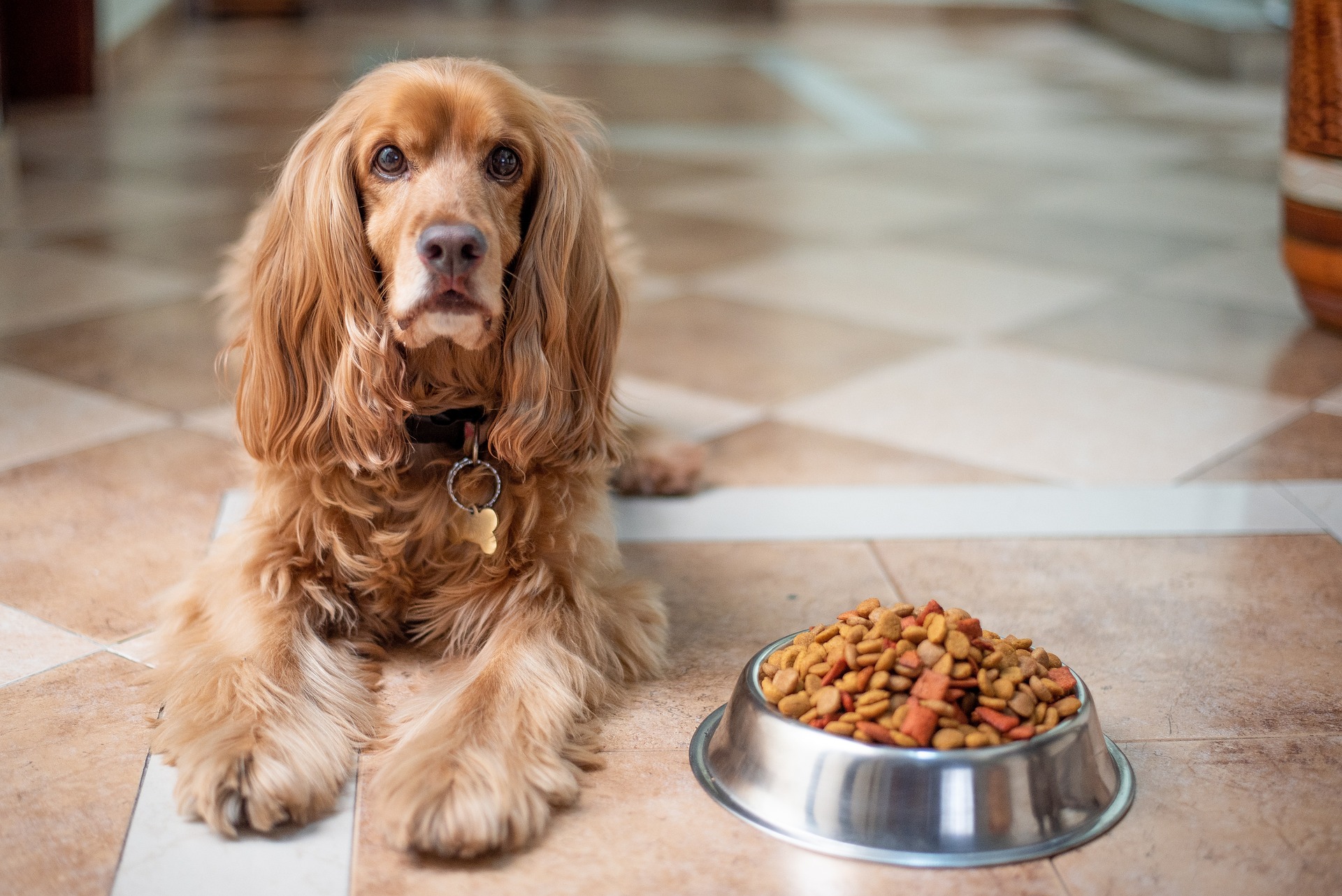You control almost all aspects of your dog’s life, so you should always make sure to do right by them. Figuring out the best time to feed your dog is essential for their health and well-being, helping them grow up strong and happy. In this blog, we’ll explore the ins and outs of dog feeding schedules to help you make the best choices for your furry friend.
The Importance of Timing in Dog Feeding Schedules
Timing can be everything when it comes to feeding your dog. Just like humans, dogs have biological rhythms that affect their digestion, metabolism, and overall health. While it might be tempting to feed your dog whenever it’s convenient for you, this approach can lead to a host of issues, from weight gain to digestive problems.
The general rule of thumb is to feed mature dogs twice daily – once in the morning and once in the evening. This schedule aligns well with a dog’s natural eating habits and helps maintain stable blood sugar levels. On the other hand, Puppies require more frequent feedings, usually three or four times a day, to support their rapid growth and development.
But it’s not just about the number of meals. Dogs are creatures of habit, and consistency is just as important as the amount of meals. A regular feeding schedule lets your dog know what to expect, reducing anxiety and making it easier for you to manage other aspects of their care, like walks and bathroom breaks.
Another method many dog owners use is free-choice feeding, where food is left out for the dog to eat at will. While this method might work for some highly active dogs, it’s generally not recommended. It can lead to overeating and weight gain, and it’s not suitable for dogs with specific dietary needs or health conditions like diabetes.
Activity level plays a significant role in determining when to feed your dog. If your dog is more active during the morning, it makes sense to align one of their meals with this high-energy period. The same goes for dogs that are more active in the evening.
Training Your Dog for a New Feeding Routine
After deciding when you want to feed your dog, the next step is getting your furry friend on board with this new routine. Training your dog to adapt to a feeding schedule isn’t always easy, but it doesn’t have to be challenging, either.
Let’s break down the training into actionable steps:
- Choose a Consistent Location: Select a specific spot where you will always feed your dog. Make sure it’s a place that’s easy to clean and away from high-traffic areas.
- Set Fixed Times: Decide on the times you will feed your dog and adhere to them. Use an alarm or timer to help you stay on track.
- Use Verbal Cues: Employ a specific word or phrase like “‘Dog Name,’ Food Time” each time you’re about to feed your dog to help them associate the cue with eating.
- Implement a Gradual Transition: If you’re changing the feeding times from an already steady spot, do it gradually to avoid upsetting your dog’s stomach. Shift the old times by 15 minutes daily until you reach the new schedule.
- Monitor and Adjust: Monitor your dog’s behavior and well-being. Consider tweaking the schedule if you notice any signs of stress or discomfort.
A well-planned feeding schedule can significantly impact your dog’s health, behavior, and overall well-being. A happy dog starts with a well-fed dog, and if your dog is acting uncooperative or unruly during training, adjusting their feeding schedule just might be a solution.
Gulf Coast K9 Dog Training is a professional dog training and boarding facility based in Bradenton, Florida.





